At last, the real Bolero
mainDescribed as the ‘1st scientific publication made in association with French Musicologists and Conductors’, the Ravel Edition begins with Bolero.
The set includes the unpublished ballet version of 1928 and a corrected concert version from 1929.
Maybe we’re all playing it wrong.
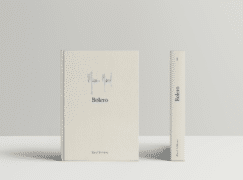
You can subscribe to it here.

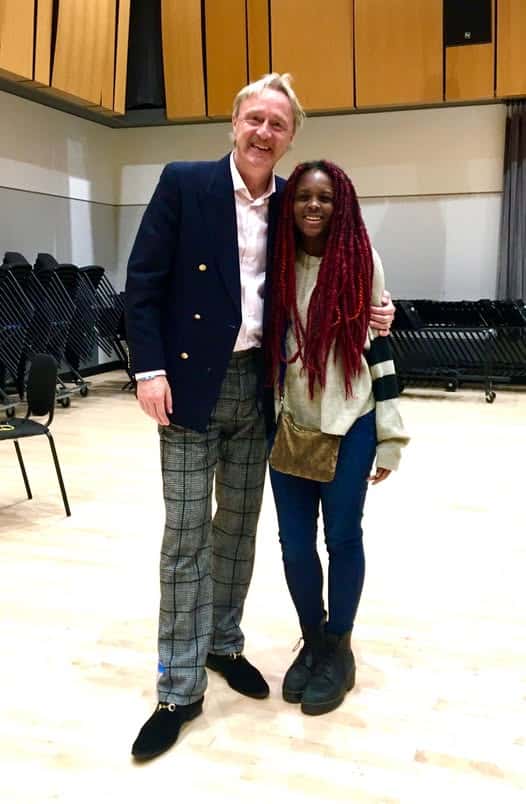
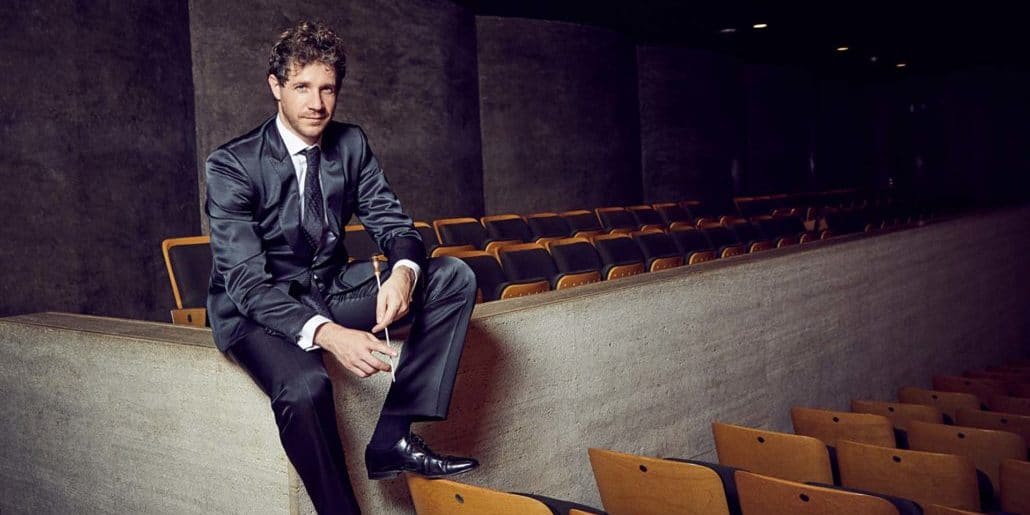
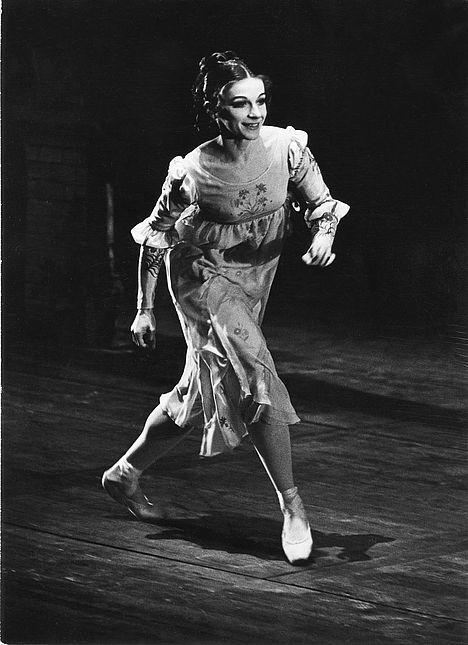
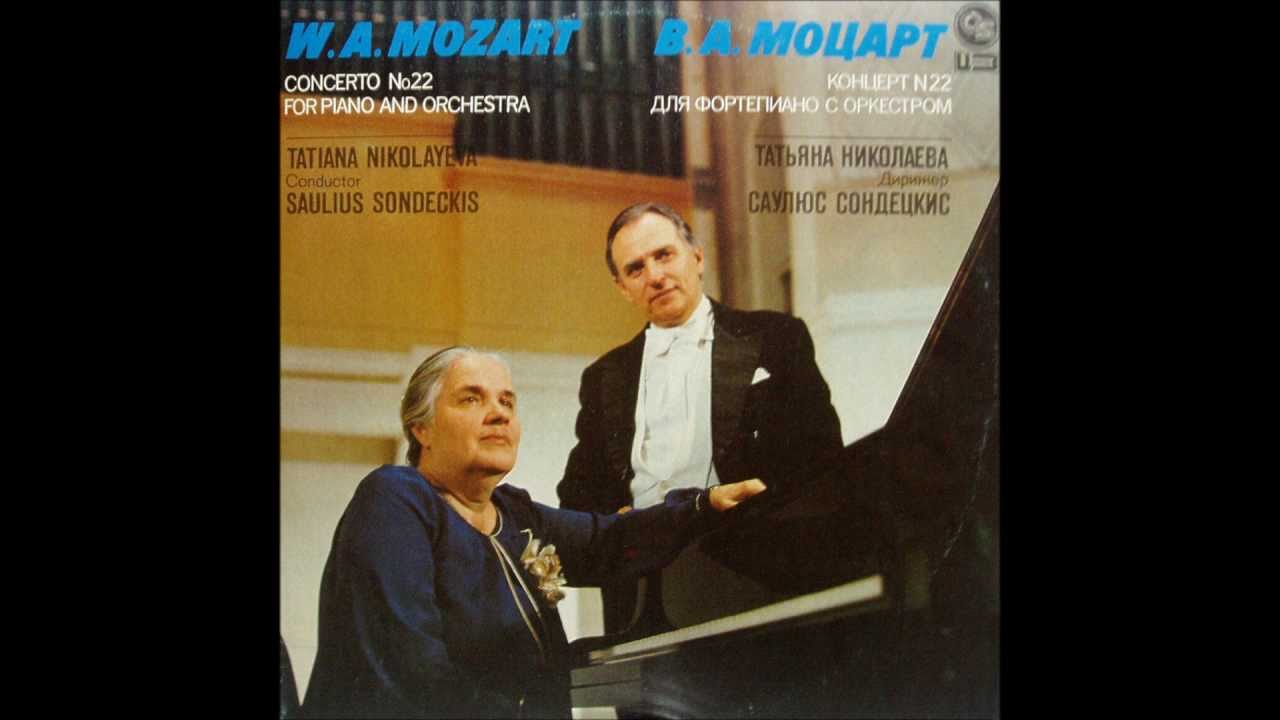
Maybe they should have started with ‘First’…
French humanities types love to throw around the word “scientific” to mean something like “we take ourselves very, very seriously”. What Anglo-Americans call “humanities” the French call “human sciences”.
Of course, when non-French academics hear “scientific” we think, some technique of chemistry or physics was involved (carbon dating, ink dating, paper dating).
Was that what was involved here?
All I see is a group of 6 musicians self described as musicologists and conductors with no particular recognition from their peers to be experts in either science or in Ravel.
Frankly, it looks like a self-publication.
In any case, it was a committee of 6, you know what they say, too many cooks spoil the soup.
Peer review is much over rated.
Of course we’ve all been playing it wrong. All you need to do is listen to the 1930 recording conducted by the composer. The wind solos are sure not what hears in modern recordings. (The Andante set gives Ravel the credit for conducting, but some sources say Albert Woolf was really at the helm.)
https://www.youtube.com/watch?v=yJWcvUZPEtw
Virginia Woolf, but Albert WoLFF …:o)
oops!
What I hear in this Ravel/Wolff recording that differs most from modern ones is a willingness from the soloists to be freer with the rhythm (I had written “less rhythmic precision” but that sounds like a bad thing). The 1930 French winds sometimes have a different sound, WAY more vibrato in the saxophones!
Emile Vuillermoz described the recording session in “L’Edition musicale vivante” (Jan. 1930) reprinted in “A Ravel Reader” ed. by Abby Orenstein:
“The Lamoureux Orchestra was assembled… on stage, the watchful eye of Albert Wolff… the orchestra plays, stops, Wolff rushes to the recording booth… Maurice Ravel is there, conscientious and precise, listening: ‘Not enough in the trumpets, too much celeste’; Wolff returns to the podium and gives the order. The horns are moved, a space is cleared in front of the oboes, and they begin again. After each attempt, the composer returns from the recording booth… he shakes his head, approving or disapproving… After a number of attempts, the exact expression is achieved. Wolff gives his baton to Ravel. It is the composer indeed who is going to preside over the recording of this disk. Ravel gives the downbeat. With rigid gestures, his wrist traces the three beats which, in a mechanical way, govern this melody in C… Everything goes well. Wolff indicates his keen satisfaction with a silent gesture. The instrumentalists hold their breath impatiently, waiting for the little green light bulb, which calls for silence, to be turned off. But Ravel, pleased with the results obtained, throws down his baton on the score with relief, making a loud noise. A cry of horror emanates from the booth. They begin from the beginning. The performance is once again excellent. After that last chord, Ravel looks at the green eyeball, and waits for the eyelid to close before putting down his scepter with infinite care. They attack the next side…”
Breitkopf has had a source-critical edition of Bolero for years. A study score of it is supposedly available in the US through Sheetmusicplus (the new French publication has no ship-to-USA purchase option). Interestingly, this new edition moves the tempo down to a quarter=66, compared to the Breitkopf and Durand marking of 72.
I put little stock in the marketing phrase “made in association with French Musicologists and Conductors.” The CVs of the conductors named don’t seem extend back directly to the Ravel milieu. Having someone like Dutoit, a pupil of Monteux, would inspire greater confidence in the result.
In compliance with the US law on copyright, Maurice Ravel’s Bolero stays under copyright on this territory. So the Ravel Edition Vol 1 Bolero will not be distributed in the US. Many thanks for your understanding. XXI Music Publishing
Surely as vulgar as the latest version…
Ravel himself never thought much of Boléro and he was stunned that it became so popular. He wrote it as a commission and could not find real musical ideas. So, he made the best of a very dry moment in his career. When at the concert premiere a lady left the hall screaming: ‘Au fou!’ Ravel said: ‘SHE did understand it.’ Later-on he could not have a quiet dinner in a restaurant without the little band, on seeing the composer, immediately started playing Boléro, which irritated Ravel immensily. The piece followed him like something he had trodden in on the street.